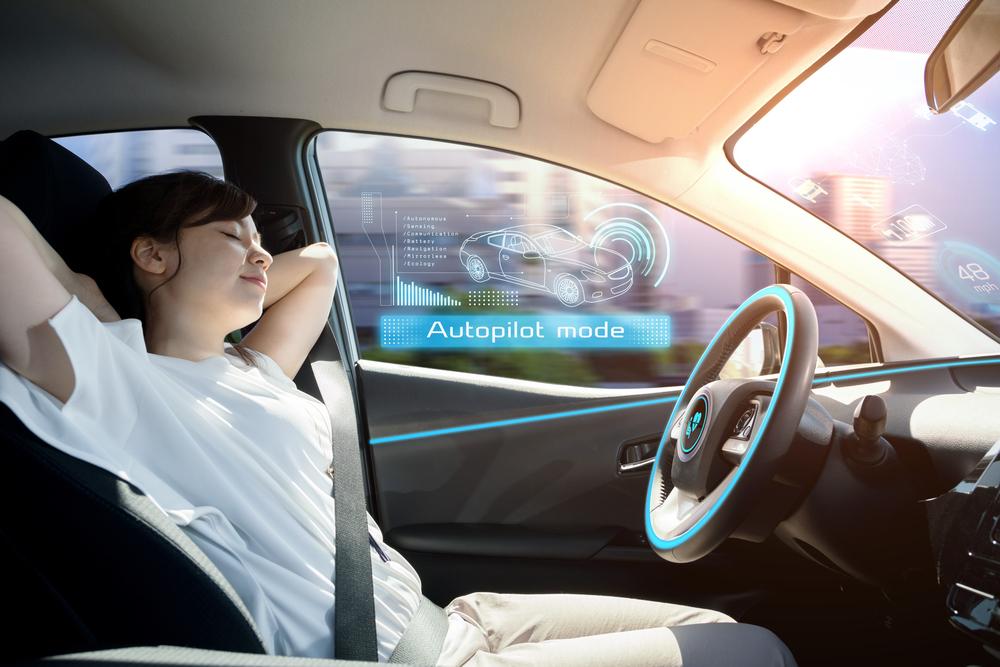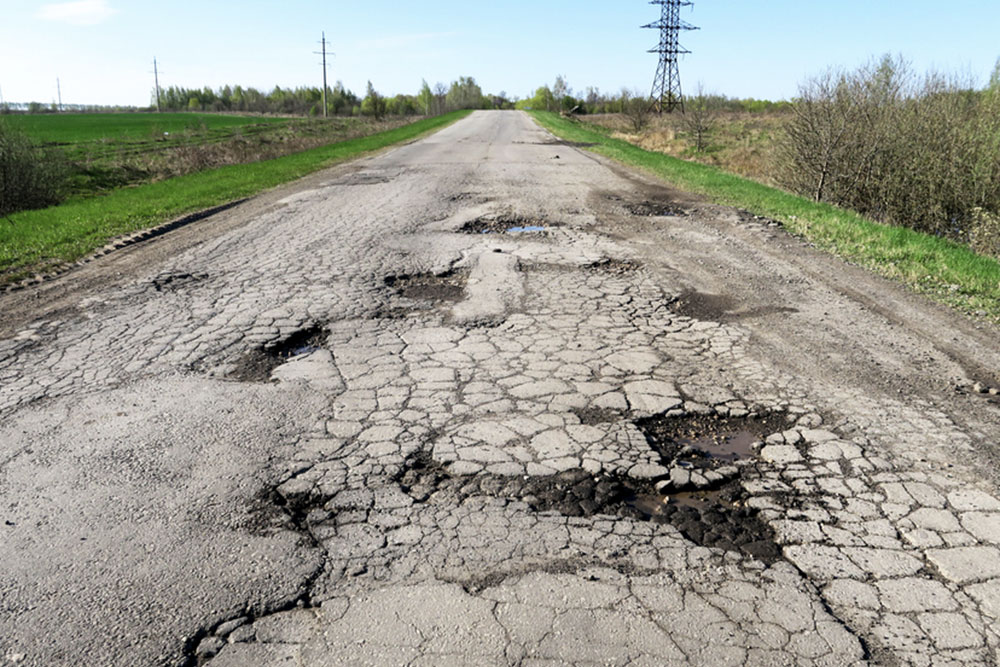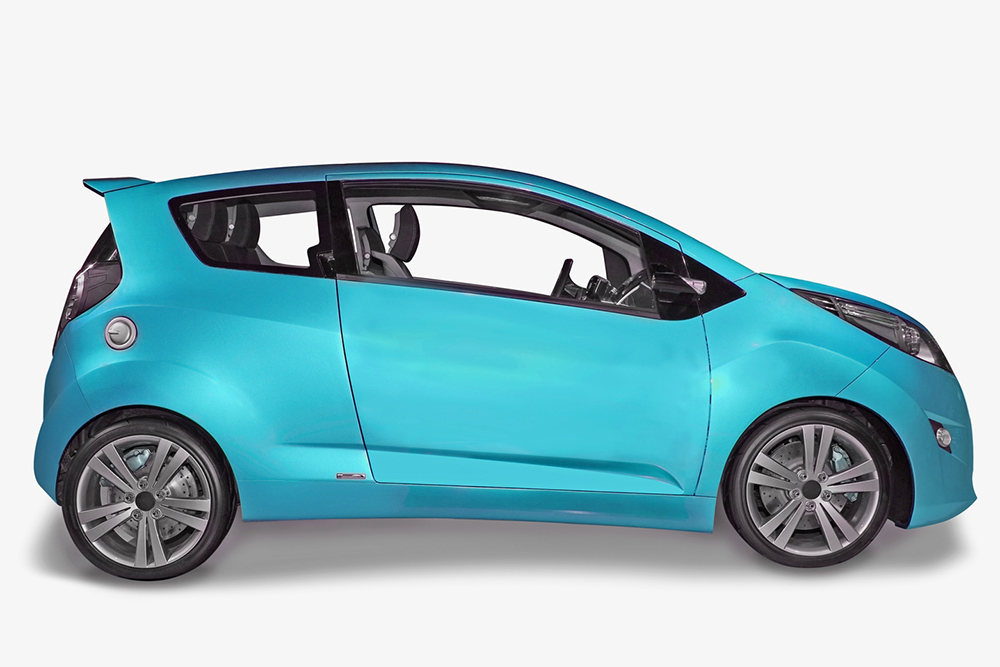Interesting Insights into Autonomous Vehicles
Explore fascinating facts about autonomous vehicles, including their classifications, safety benefits, weather adaptability, and convenience features. Learn how self-driving cars are transforming road safety and driver experience with ongoing advancements. Discover what to expect as these innovative vehicles become more common on our roads, making travel safer and more efficient in the near future.

Interesting Insights into Autonomous Vehicles
The concept of driverless cars might seem like science fiction, but companies such as Waymo (formerly Google's self-driving car project) are actively testing autonomous vehicle fleets across the United States. These self-driving vehicles are unmanned ground units designed to perceive their surroundings and navigate without human input. Currently, they are mostly tested in Arizona, Texas, and California, with commercial availability expected around 2022. So, encountering a driverless car on the road is becoming increasingly likely—no need to be alarmed.
Here are four key points to understand about autonomous vehicles...
Classification and Automation Levels
Impact on Road Safety
Weather Adaptability
Driver Convenience Features
1. Types and Automation Levels
Autonomous vehicles are categorized based on their automation capabilities into two main categories with five levels. Fully automated cars utilize sensors and software to detect hazards like pedestrians, other vehicles, and road signs from a distance of about two football fields.
2. Safety Improvements
Studies show around 90% of auto accidents result from human errors. Autonomous cars aim to minimize these errors, potentially preventing about 300,000 road deaths annually. They respond defensively to their environment, and in the event of an incident, the fault would be recorded automatically.
3. Weather Resistance
Significant advancements are ongoing to improve weather resilience, as challenging conditions such as snow, rain, or hail can affect autonomous vehicle performance in different climates.
4. Enhanced Driving Experience
Self-driving cars can steer, brake, reverse, and park autonomously. Some models even detect emergency vehicles and make way accordingly, providing a safer and more relaxing ride without the need to hold the wheel.
Note:
This blog offers insights across various topics, helping readers understand different aspects of autonomous vehicles. While the information is based on research and data, it should not be considered definitive. The site is not responsible for discrepancies or new developments that might arise beyond the content provided. Additionally, there may be schemes or offers not covered here that could be more beneficial.










